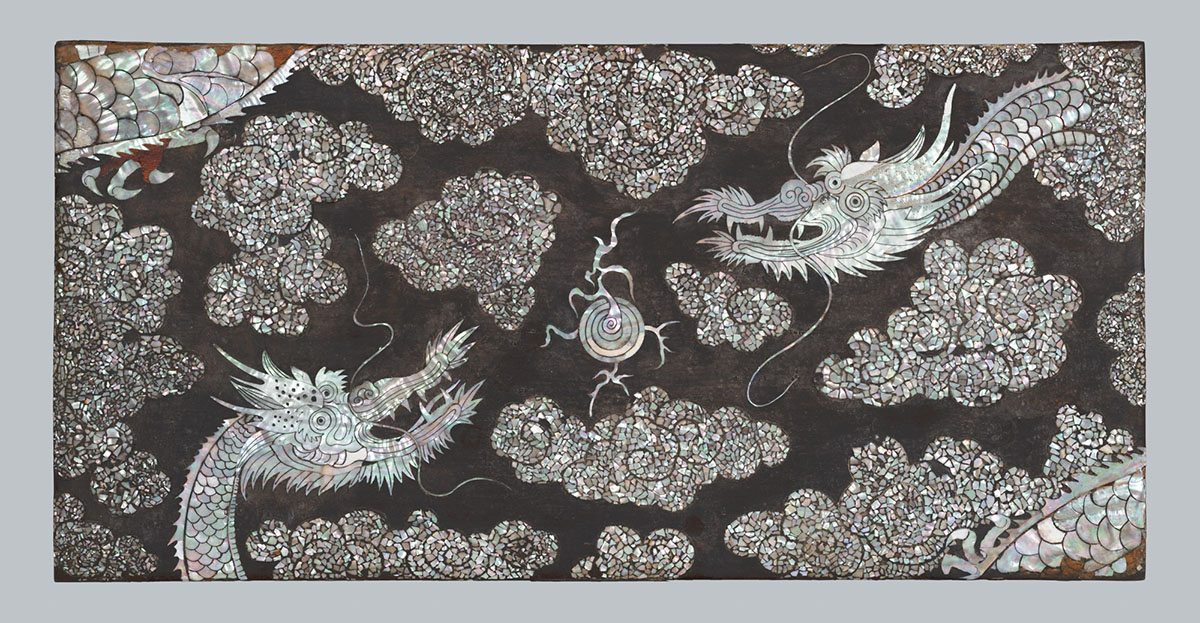- Art Home
- Exhibitions
-
Explore the Collection
- Explore the Collection Home
- African Art
- American Paintings, Sculpture and Drawings
- Contemporary
- Decorative Arts and Design
- East Asian Art
- European Paintings, Sculpture and Drawings
- Fashion Arts and Textiles
- Musical Instruments
- Indigenous American Art
- Photography
- Prints
- South Asian Art, Islamic Art and Antiquities
- Provenance and Cultural Property
- Conservation
- Meet the Curators
- Digital Resources
- Art Bridges Cohort Program
- Events & Programs Home
- Calendar
- Accessibility
- Adults
-
Families & Teens
- Families & Teens Home
- 10x10 Teen Art Expo
- Art on the Rise
- Art Together: Art Making for Families with Children Ages 3–5
- Boy Scouts / Girl Scouts
- CAM Kids Day
- Family Storytime and Gallery Walk
- Family Studio: Art Making for Families with Children Ages 6–12
- Games in the Galleries
- Members-Only Baby Tours
- Public Baby Tours
- REC Reads
- Rosenthal Education Center (REC)
- See Play Learn Kits
- Summer Camp
- Teachers
- Community Outreach
- Fundraisers
- Plan Your Own Event

- Art Home
- Exhibitions
-
Explore the Collection
- Explore the Collection Home
- African Art
- American Paintings, Sculpture and Drawings
- Contemporary
- Decorative Arts and Design
- East Asian Art
- European Paintings, Sculpture and Drawings
- Fashion Arts and Textiles
- Musical Instruments
- Indigenous American Art
- Photography
- Prints
- South Asian Art, Islamic Art and Antiquities
- Provenance and Cultural Property
- Conservation
- Meet the Curators
- Digital Resources
- Art Bridges Cohort Program
- Events & Programs Home
- Calendar
- Accessibility
- Adults
-
Families & Teens
- Families & Teens Home
- 10x10 Teen Art Expo
- Art on the Rise
- Art Together: Art Making for Families with Children Ages 3–5
- Boy Scouts / Girl Scouts
- CAM Kids Day
- Family Storytime and Gallery Walk
- Family Studio: Art Making for Families with Children Ages 6–12
- Games in the Galleries
- Members-Only Baby Tours
- Public Baby Tours
- REC Reads
- Rosenthal Education Center (REC)
- See Play Learn Kits
- Summer Camp
- Teachers
- Community Outreach
- Fundraisers
- Plan Your Own Event
Blog: CAM Uncovered
Blog: CAM Uncovered
- Home
- Plan Your Visit
-
Art
- Art Home
- Exhibitions
-
Explore the Collection
- Explore the Collection Home
- African Art
- American Paintings, Sculpture and Drawings
- Contemporary
- Decorative Arts and Design
- East Asian Art
- European Paintings, Sculpture and Drawings
- Fashion Arts and Textiles
- Musical Instruments
- Indigenous American Art
- Photography
- Prints
- South Asian Art, Islamic Art and Antiquities
- Provenance and Cultural Property
- Conservation
- Meet the Curators
- Digital Resources
- Art Bridges Cohort Program
-
Events & Programs
- Events & Programs Home
- Calendar
- Accessibility
- Adults
-
Families & Teens
- Families & Teens Home
- 10x10 Teen Art Expo
- Art on the Rise
- Art Together: Art Making for Families with Children Ages 3–5
- Boy Scouts / Girl Scouts
- CAM Kids Day
- Family Storytime and Gallery Walk
- Family Studio: Art Making for Families with Children Ages 6–12
- Games in the Galleries
- Members-Only Baby Tours
- Public Baby Tours
- REC Reads
- Rosenthal Education Center (REC)
- See Play Learn Kits
- Summer Camp
- Teachers
- Community Outreach
- Fundraisers
- Plan Your Own Event
- Give & Join
- About
- Tickets
- Calendar
- Exhibitions
- Blog
- Shop
A New Discovery in CAM: A Magic Mirror
by Hou-mei Sung, Curator of East Asian Art
9/1/2022
Magic Mirror , Transparent Mirror , Han Dynasty , East Asian Art , Amitabha , Amida Buddha , Buddhism
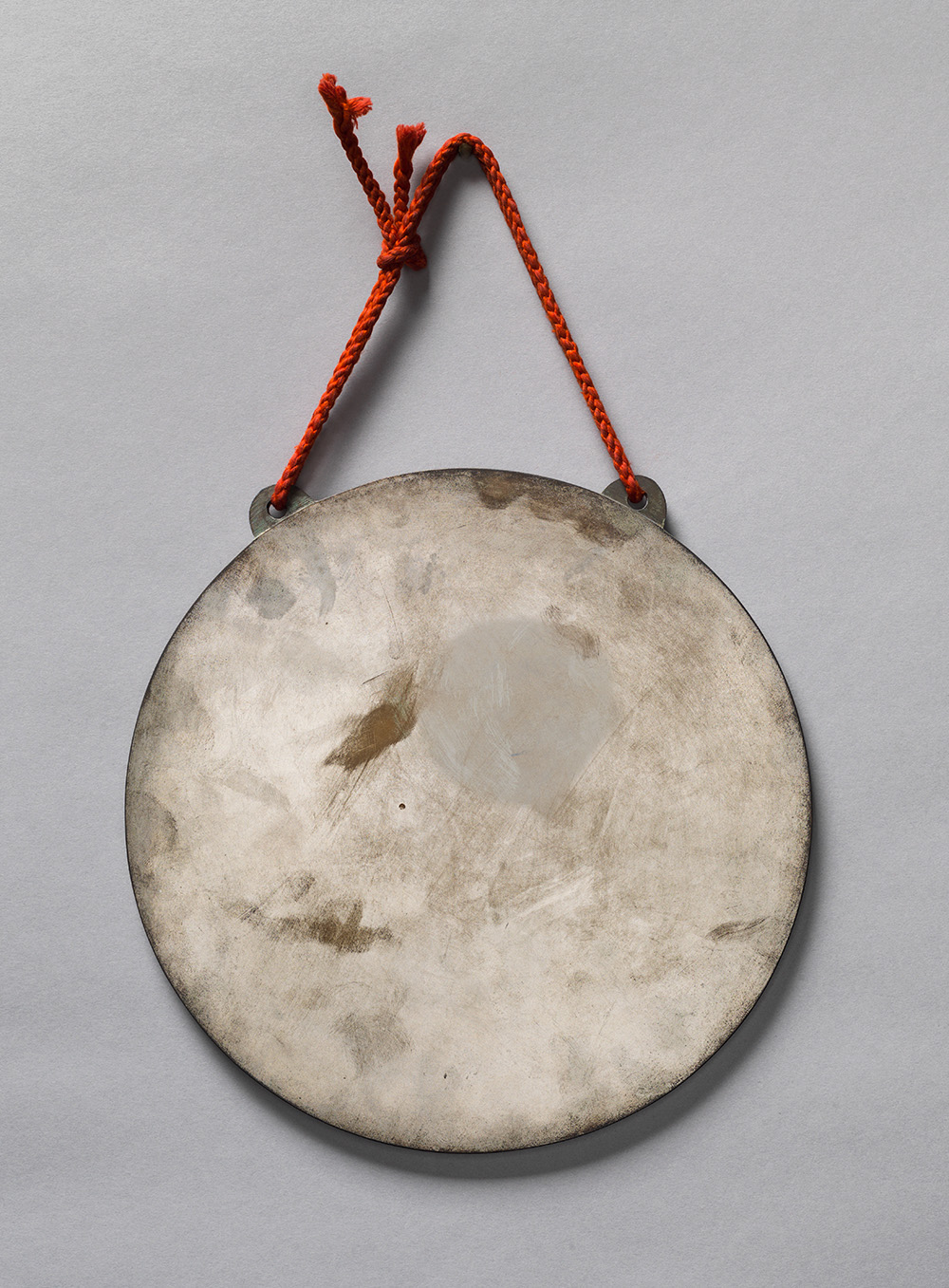
Buddhist Bronze Mirror, 15–16th century, China or Japan, bronze, Source Unknown, Cincinnati Art Museum, x1961.2. Photograph: Rob Deslongchamps.
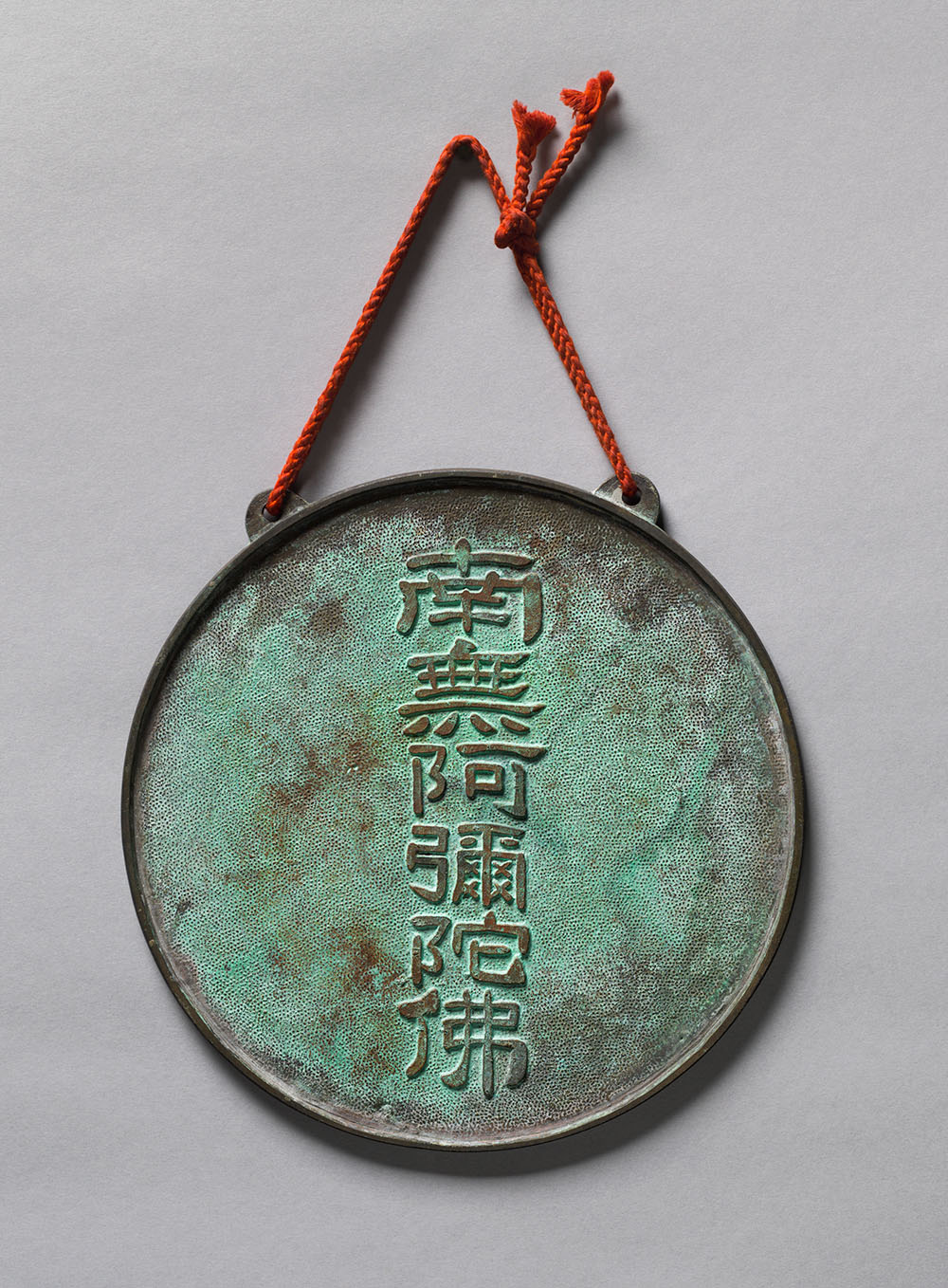
Buddhist Bronze Mirror, 15–16th century, China or Japan, bronze, Source Unknown, Cincinnati Art Museum, x1961.2. Photograph: Rob Deslongchamps.
The most exciting thing that happened to me in 2021 while working from home is the discovery of the “magic mirror.” The so called “magic mirror” was first created in China during the Han dynasty (202 BC – 220 AD) and known as the “transparent mirror” (透光鏡), because when placed in sunlight, the mirror projects the decorative design on the back of the mirror and seems to become transparent. Four such mirrors are in the collection of the Shanghai Museum.
The front of the Art Museum’s mirror is the standard polished reflective surface like any other mirror and the back is marked with six-characters, “南無阿彌陀佛,” the name of Amida Buddha (or Amitābha). Amida is the main deity in the Jodo (Pure Land) sect of Buddhism, which believes that salvation is ensured for all those who invoke Amida’s name with sincere devotion.
The Museum’s mirror, however, appears to be even more magical than the Han dynasty “magic mirror,” since, under special lighting conditions, it projects not the characters on the back, but rather a completely concealed image of an Amida Buddha surrounded by numerous emanating rays of light. Ancient “magic mirrors” are very rare because of the great difficulties in making them. This mirror is now on display in the East Asian Gallery (G140).
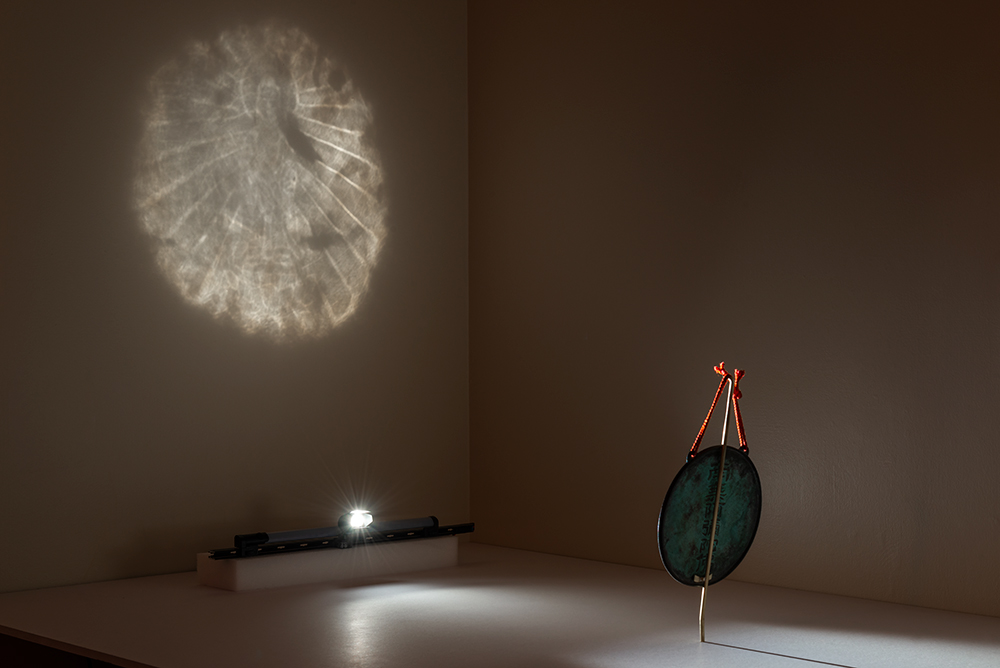
Buddhist Bronze Mirror, 15–16th century, China or Japan, bronze, Source Unknown, Cincinnati Art Museum, x1961.2. Photograph: Rob Deslongchamps.
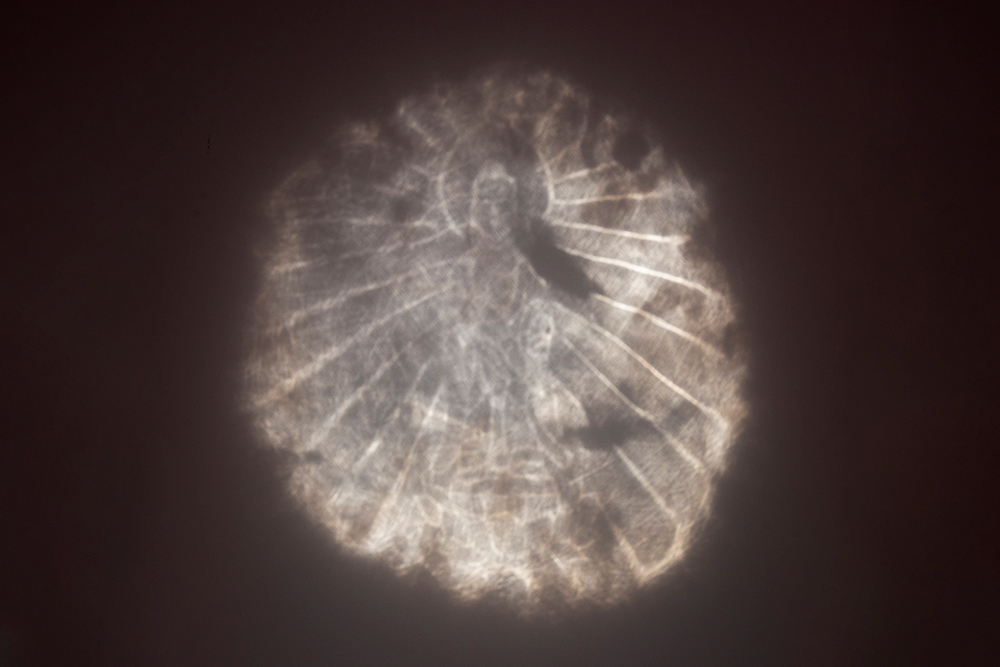
Buddhist Bronze Mirror, 15–16th century, China or Japan, bronze, Source Unknown, Cincinnati Art Museum, x1961.2. Photograph: Rob Deslongchamps.
Related Blog Posts

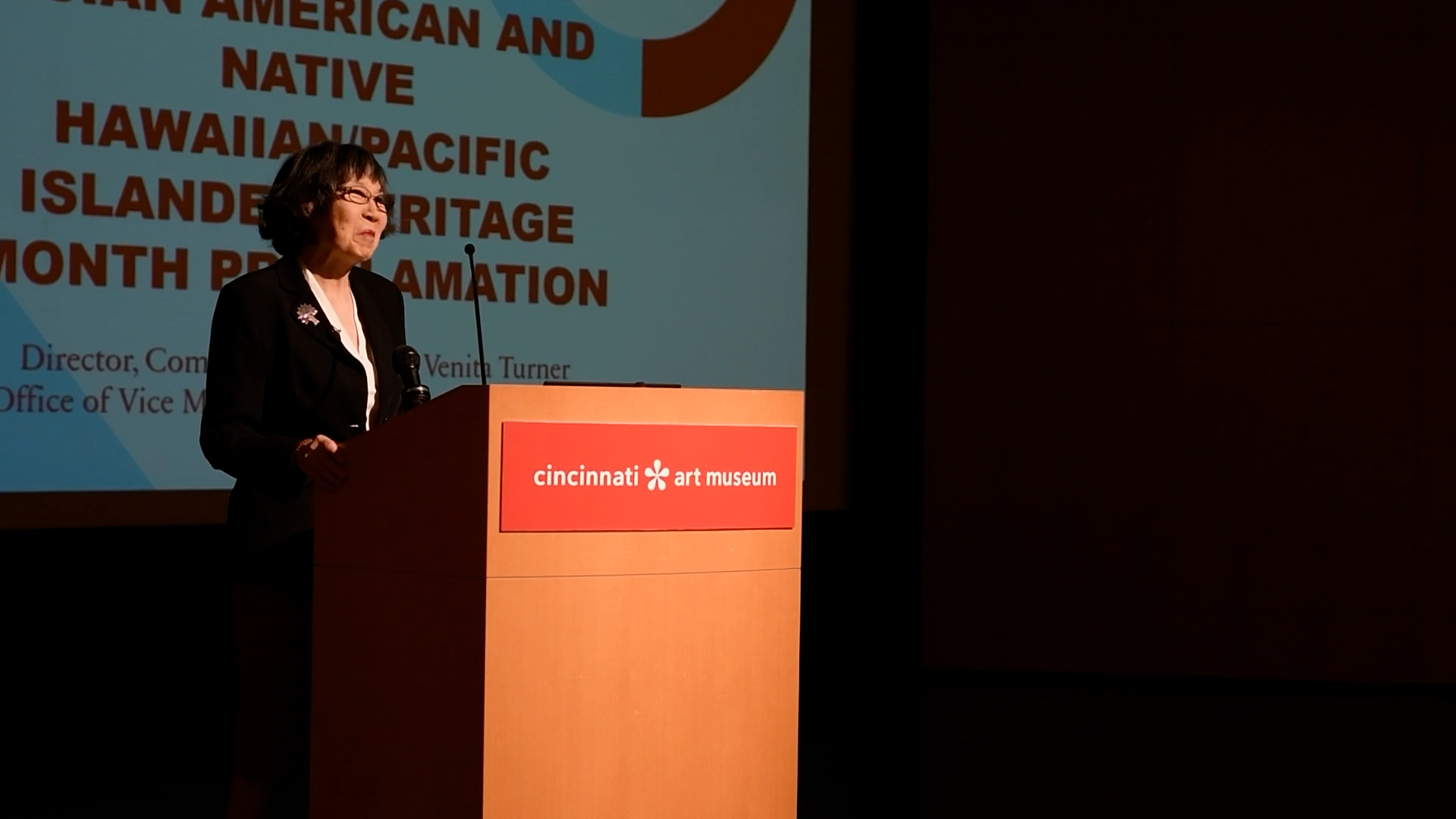
Cincinnati, OH 45202
Toll Free: 1 (877) 472-4226
Museum Hours
Museum Shop
Terrace Café
Library
The Cincinnati Art Museum is supported by the generosity of tens of thousands of contributors to the ArtsWave Community Campaign, the region's primary source for arts funding.

Free general admission to the Cincinnati Art Museum is made possible by a gift from the Rosenthal Family Foundation. Exhibition pricing may vary. Parking at the Cincinnati Art Museum is free.
Generous support for our extended Thursday hours is provided by Art Bridges Foundation’s Access for All program.

General operating support provided by:



